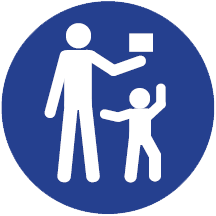Choking on our own carbon dioxide
Before you pick on someone else’s carbon dioxide levels…
…it pays to check your own.
That’s the lesson I learnt last week as we investigated Sydney trains (see our Sydney Trains post).
Before we headed out on the trains we kick started a hand held carbon dioxide meter in the office. It was mid-afternoon and there is only four of us working in a reasonably large office. I was expecting a low reading.
When the unit immediately went into alarm and refused to drop down to normal levels I was annoyed. My immediate assumption was that the device was wrong.
I wandered outside and immediately the readings dropped and quickly reached about 450ppm (parts per million). That’s fairly normal for outside in Sydney.
Wandering back inside and the unit quickly shot up again and went back into alarm. The carbon dioxide (CO2) levels in the office were above 1,000ppm. They were at about 1,200ppm.
These results surprised me because we had one window ajar, but that wasn’t enough. There was nowhere for it to go. We opened a second window slightly and within 10 minutes the air quality had significantly improved. You can’t fix a problem unless you are aware of it. We now have a desktop CO2 monitor permanently in the office.
Our lesson is now learnt, and we now have two windows always slightly ajar. When the outside temperature is in the twenties we make sure the windows are open. It’s better on the power bill, and much better for our health. When we get lazy and close the windows the desktop unit alerts us of problems.
For people working in a larger open plan office, the need to monitor CO2 is greater. There are more people, the levels are likely to be higher, and there is a financial reason to recirculate the air. There is also a simple solution for letting in fresh air, but don’t expect the building owner or managers volunteer it.

